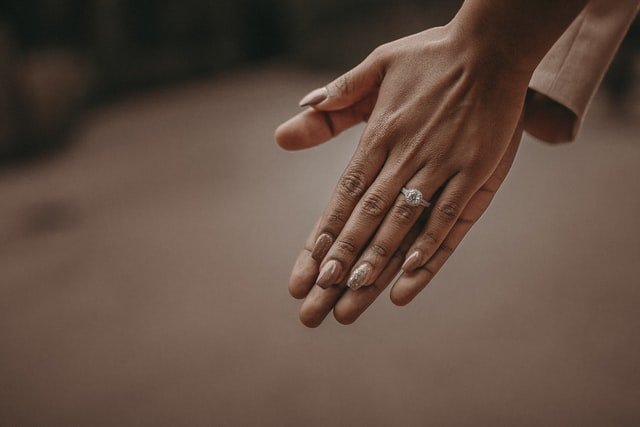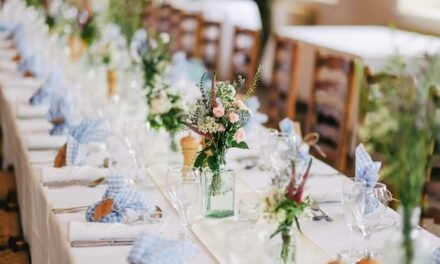
How to Choose a Quality Engagement Ring Setting

Are you recently engaged, or about to propose? Wondering about how to go about choosing the perfect engagement ring that will beautifully commemorate your relationship and your commitment to each other. Here are some things to think about as you weigh up all the options.
Playing Solitaire
A diamond solitaire ring is what is conjured up by the phrase ‘engagement ring’ and there is good reason for this: an engagement ring on a simple white metal band and boasting a single large and beautiful diamond, delicately but securely mounted onto the ring is both simple and exquisite, a clear sign of excellent taste. If you can afford a decent size and quality diamond, then opting for a solitaire ring is a good choice.
Three Stone Trilogy
A recent offering from de Beers, the people who made diamond engagement rings all but mandatory, trilogy rings feature three stones rather than just one. They are a good choice for those who want a sizable ring without paying for a large single stone – three smaller diamonds will be exponentially less than the same carat weight in a single stone.
You can mix it up a bit with a trilogy ring, choosing different precious stones to sit on either side of the central diamond, or having the central stone be larger than the others. Browse diamonds online to get ideas about ring designs and innovations in jewelry fashions.
Moving onto Mountings
When you have a diamond, you will generally want to allow as much light as possible to flow into the stone – a well-cut diamond will take in the light through all the many facets, direct it around the internal planes and bounce it out through the table or top surface of the diamond, giving it that evocative diamond sparkle.
Prongs
Prong settings are very versatile, and you can have your stone set into four claws all the way up to eight claws, depending on the format of the setting and the size of the stone – the larger, the more prongs will be needed.
Bezels
Bezel settings are almost the opposite of claw mounts. With claw prongs, the diamond is held up into the light and exposed to bumps and jostling, with the increased sparkle an acceptable sacrifice for the potential of damage or loss of the stone. These settings are generally chosen by more sedentary people who will not have a high risk of damage occurring in their daily round.
Bezels, on the other hand, are a very protective setting, with much of the diamond captured underneath the bezel. This can make the diamond less visually attractive (although it will still sparkle! Diamonds absorb all the available light, even when partially covered by their settings!) but will retain the stone safely and securely during active physical work.
More Sparkle, Less Cash
A final setting to consider is opting for an array of melee, pave or halo diamonds, set side by side in a band to give the impression of a single large stone. This practice – surrounding a small but beautiful stone with tiny chips and miniature cut stones – is a common one when dealing with budget conscious couples who long for ostentatious sparkle.
Feature Photo by Sabrinna Ringquist on Unsplash





































